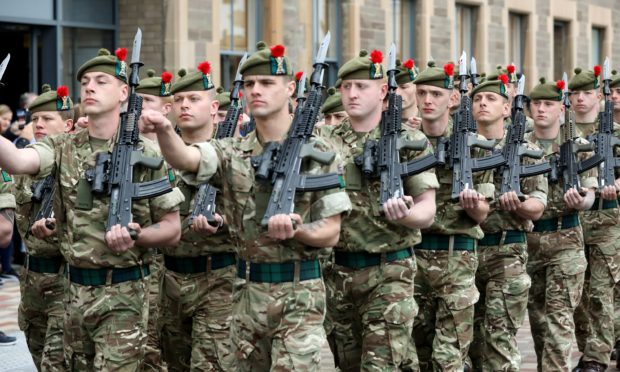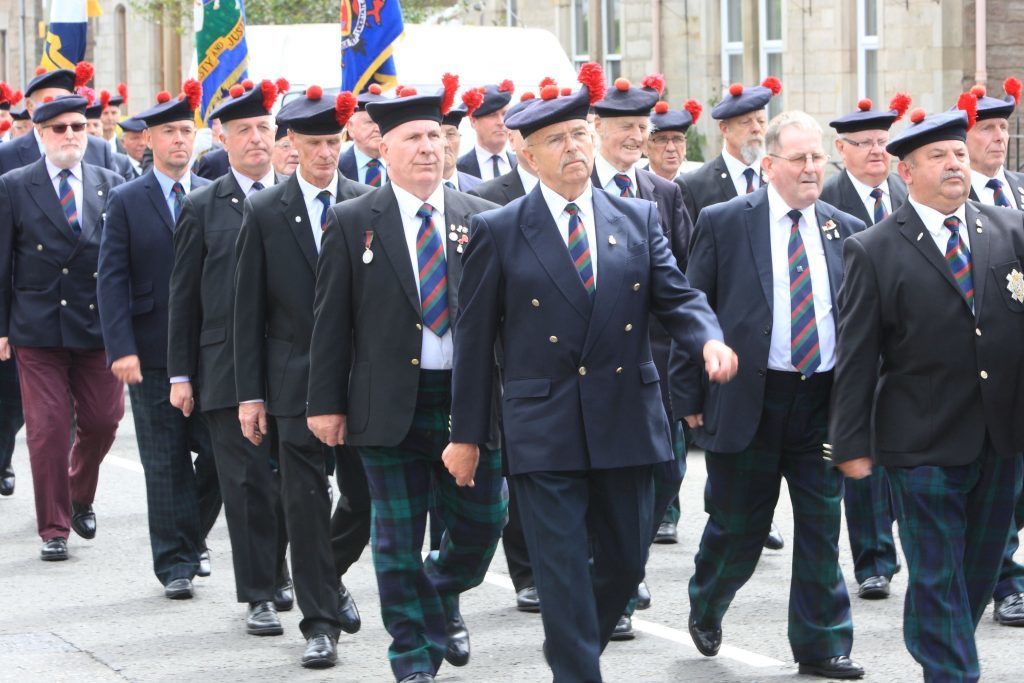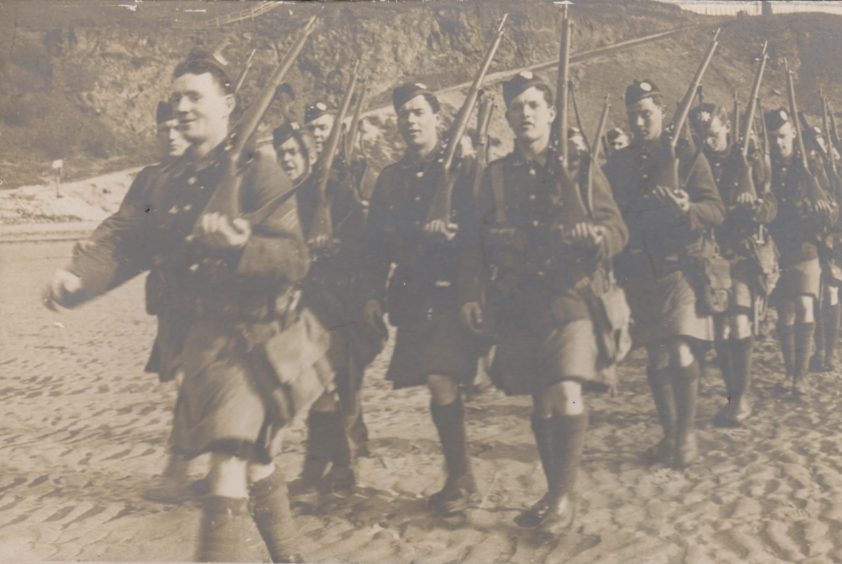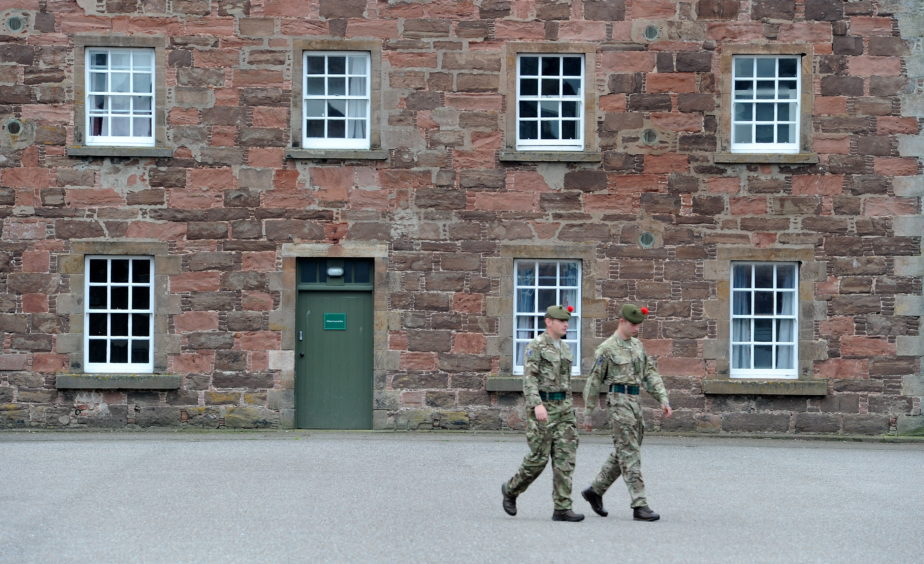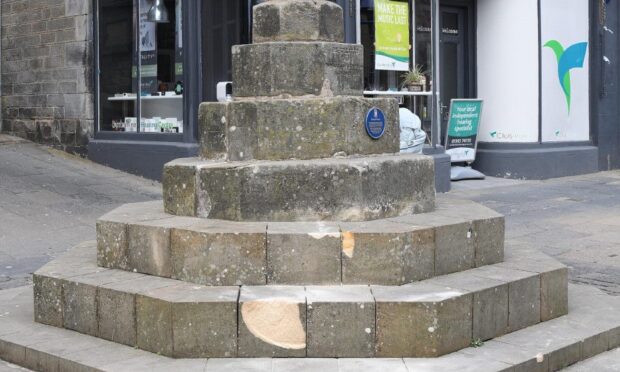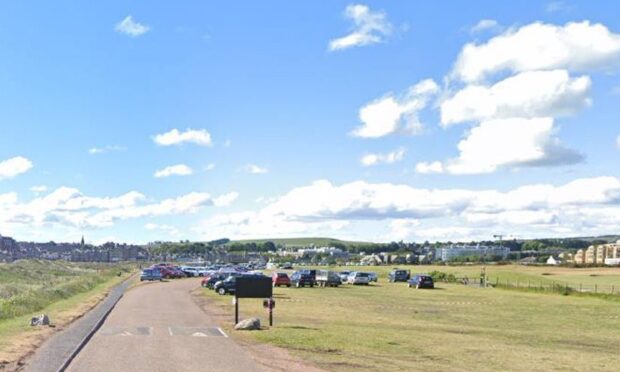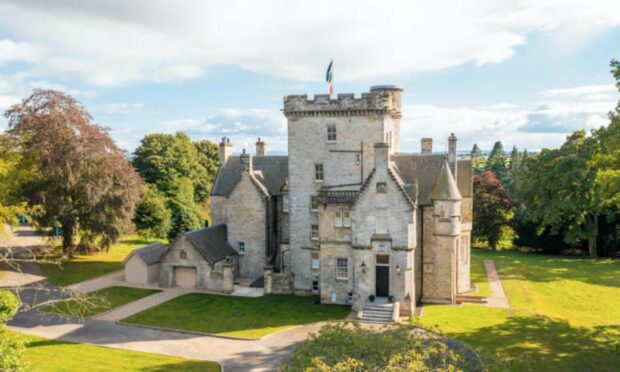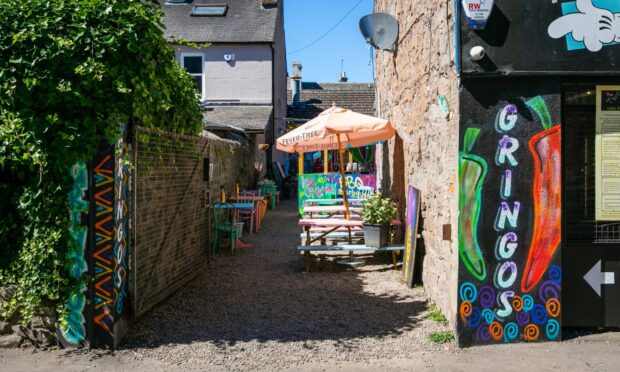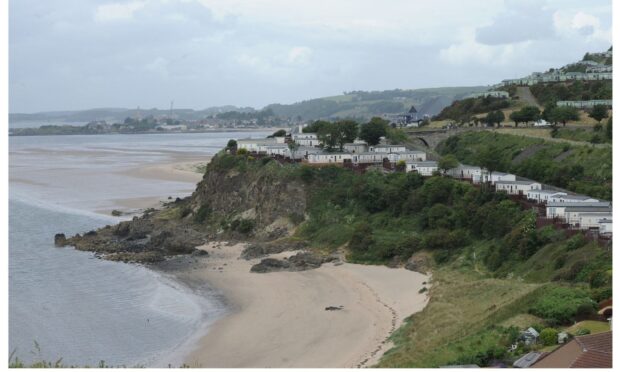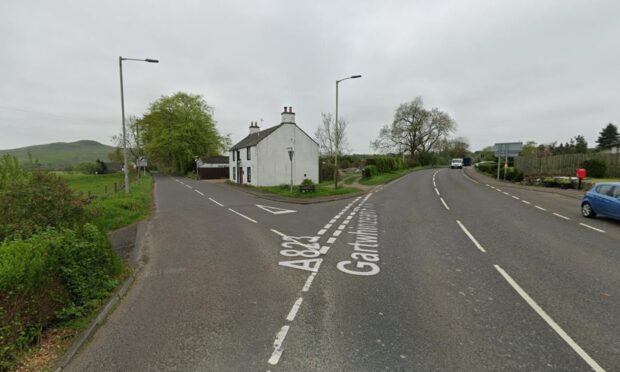If the decision was taken to remove the Black Watch battalion from within the Royal Regiment of Scotland, it would be a “tragedy” not just for history but also accelerate a “downward spiral” for the military side of the Army in Scotland.
That’s the view of Rob Scott, chairman of the Fife branch of the Black Watch Association, who said the disbanding of the Black Watch regiment to become The Black Watch, 3rd battalion The Royal Regiment of Scotland (3 Scots) in March 2006, had undoubtedly damaged recruitment – and he feared the removal of the battalion name completely would make this worse.
Rob, 77, served with the Army for 24 years and, since coming out in 1983, has been part of the executive and welfare committee of the Black Watch Association – serving as Fife branch chairman for almost 20 years.
Five generations of his family served with the Black Watch, and he fought against the merging of the regiments to become the Royal Regiment of Scotland in 2006.
Responding to a report in The Sun that the Black Watch 3 Scots battalion could be disbanded as the Army faces large troop cuts, Rob emphasised that the Black Watch had not existed as a free-standing regiment since being disbanded in 2006.
That was when the Kings Own Scottish Borderers amalgamated with the Royal Scots to become the Borderers (1 Scots); the Royal Highland Fusiliers became 2 Scots; the Black Watch became 3 Scots; the Gordon Highlander’s amalgamated with the Queen’s Own Highlanders and became the Highlanders (4 Scots); the Argyll and Sutherland Highlanders became 5 Scots, the Lowland battalion 6 Scots and the Highland battalion of the TA (Army Reserve) 7 Scots – all within the single Royal Regiment of Scotland.
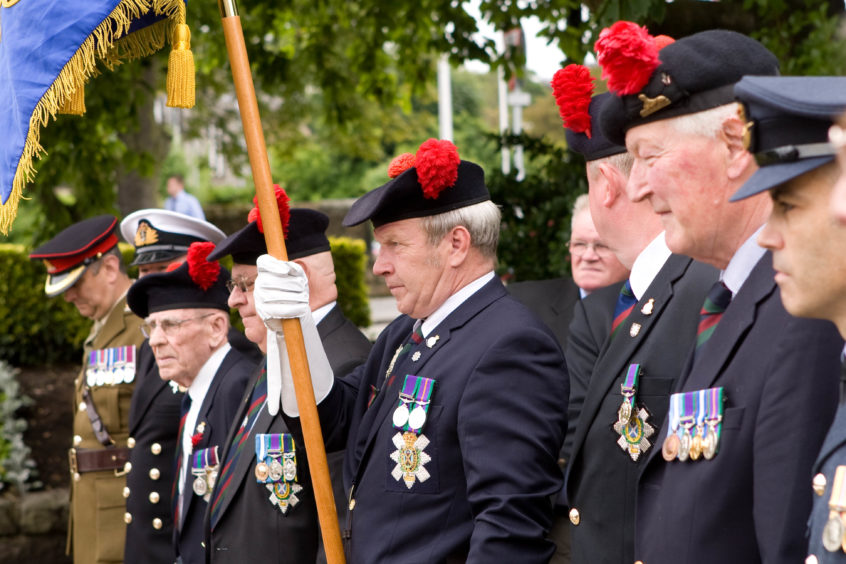
The Red Hackle of 3 Scots, the White Hackle of 2 Scots, or the Blue Hackle of 4 Scots – worn in combat or in the field – is now the only way to differentiate them from other Royal Regiment of Scotland soldiers who all where the same dress uniforms.
But he said that if any of these Royal Regiment of Scotland battalions were now disbanded, he feared it would further damage identity and recruitment.
“The thing they realised after they disbanded the regiments in 2006 was that taking away the regimental names was detrimental to recruiting because they ended the ‘golden thread’,” he said.
“For instance in my family there’s five generations who came down through the Black Watch.
“If my grandson’s son wanted to join, he can’t go up now and say ‘I want to join the Black Watch’ because that golden thread has gone.
“The old regiments were clan regiments. We were Fife, Angus, Perth and Dundee basically. If a Fifer wanted to do better than a Perth man and a Perth man wanted to do better than a Dundee man, that was good for the regiment. But they took that away and started to spread them round and about. That didn’t do a great deal for recruiting.”
Rob understands that other battalions within the Royal Regiment of Scotland are “recruiting worse” than the Black Watch and he’d be “surprised” if they were “for the chop”.
In November 2016, then-Defence Secretary Sir Michael Fallon announced 3 Scots’ current home at Fort George, near Inverness, would close by 2032.
That led to fresh demands for the battalion to be brought “home” to Fife and for Leuchars to become Scotland’s army hub.
Whatever happens, however, Rob said the Black Watch Association would soldier on.
“There’s a great saying when they talk about demise and this that and the next thing – they always say ‘though there be one of us left’,” he said.
“What I mean by that is if I was the only one left and it was a regimental dinner whether that was in a telephone box or whatever I would sit down and have my dinner for the regiment.”
